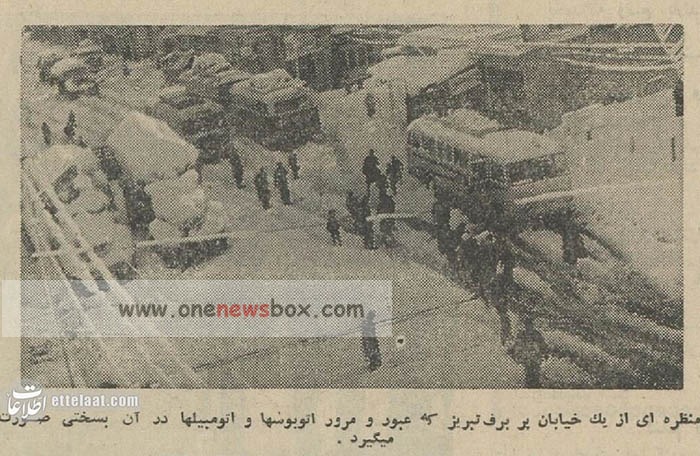Iran’s geographical diversity means that the country experiences a wide range of climatic conditions, from arid deserts to snow-capped mountains. While snowfall is not uncommon in the northern and western regions, the scale of the January 18 storm was exceptional. It exposed gaps in urban planning, disaster preparedness, and the ability to respond effectively to natural calamities. The blocked Chalus Road, the damages in Tabriz, and the freezing conditions in Hamedan highlighted the need for more robust infrastructure and contingency plans.
The Human Spirit Amid Adversity
Despite the challenges, the heavy snowfall brought out the best in the Iranian people. Communities came together to support one another, sharing food, warmth, and shelter with those in need. Volunteers joined local authorities in clearing roads, delivering supplies, and providing assistance to the most vulnerable. This spirit of solidarity and resilience was a testament to the strength of the Iranian society.
In Tehran, residents turned to creativity and resourcefulness to navigate the snow-covered streets. Makeshift sleds became a common sight, as children and adults alike embraced the rare opportunity for outdoor fun. Snowmen adorned parks and gardens, adding a touch of whimsy to the otherwise challenging situation. For many, the heavy snowfall was not just a calamity but also a chance to experience the beauty and wonder of nature in its rawest form.

